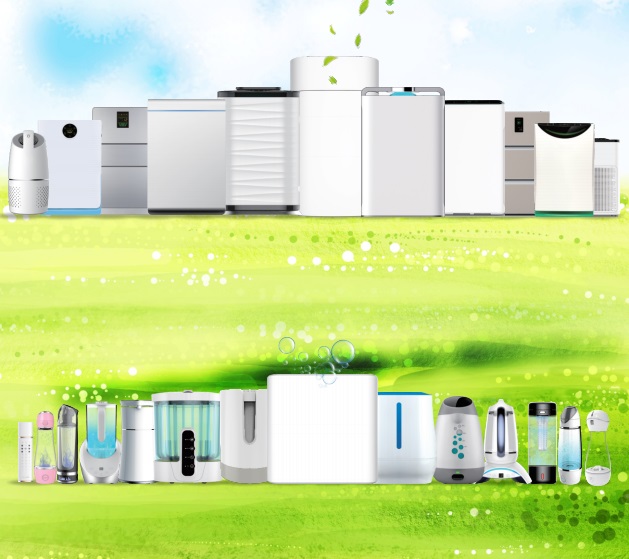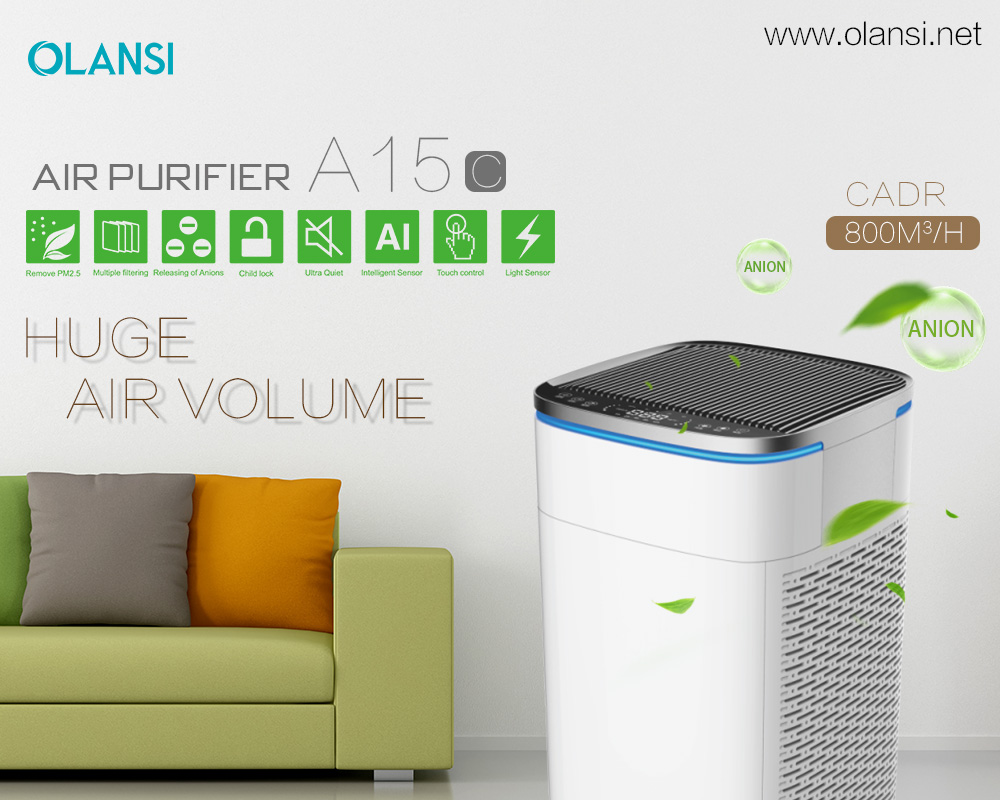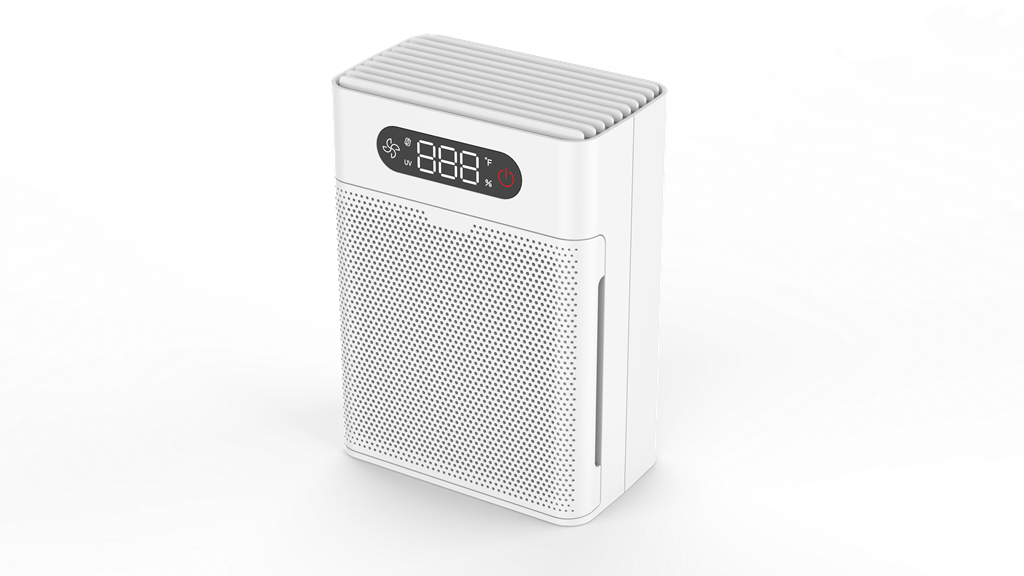In the blink of an eye, the consumer rights protection day of the new year will come again. To this end, we are preparing the Special Planning] series, hoping to make more people have a clearer understanding of the purification industry (including standards and brands).
With the deteriorating atmospheric environment, air purifiers have gradually entered the home and become a necessities of the home after refrigerators, TVs, and air conditioners. Unlike other home appliance industries, as a newly emerging industry, the air purification industry is relatively chaotic due to the lack of comprehensive and systematic industry standards, and all kinds of chaos are full of chaos: shoddy, exaggerated functions, and price hikes. Under all sorts of chaos, the most severely damaged rights are consumers.
In order to protect the legitimate rights and interests of consumers and to further regulate the market, the first mandatory standard for the air purification industry came into effect in March last year. Since the Ministry’s standard came into effect, many consumers have regarded it as a life-saving straw to “beware of being trapped”, while many businesses have regarded it as an important weapon to “capture a larger market.” In order to facilitate the memorization, some people have specially refined its essence, the so-called “three highs and one low”. However, just grasping the “three highs and one low” can you guarantee that you are buying reliable and suitable products? This may not necessarily be the case.
As the first mandatory standard in the purification industry, the national standard “Air Purifier” proposes four core performance indicators, namely CADR (clean air output), CCM (cumulative purification volume), purification energy efficiency, and noise. The so-called three highs and one low are high CADR, high CCM, high purification energy efficiency and low noise. But this formulation is simple but not precise.
CADR (Clean Air Volume), expressed in cubic meters of air that can be purified per unit time, directly reflects the actual working capacity of the purifier. The larger the CADR value, the stronger the purification ability. But it does not mean that the larger the CADR value, the better. The CADR value should be selected reasonably according to the indoor living area, so as to avoid the unsatisfactory purification effect caused by the “small horse-drawn cart” or the waste of electricity caused by the “large horse-drawn cart”. In addition to the excessive consumption of electricity, some purifiers that can emit ions also release too much ions, which affects the health of family members.
How to choose the appropriate CADR according to the size of the room, here is a judgment basis: (0.07~0.12)*CADR=usable area.
Regarding CADR, you need to pay special attention: CADR is divided into CADR for particulate matter and CADR for harmful gases. The values of the two are usually different. The CADR value of particulate matter will be larger than the CADR value of harmful gases.
In addition, for a small fixed space such as a car, the CADR value will not reflect the purification effect more directly and accurately than the purification efficiency. The CADR value reflects how much clean air can be produced in a certain period of time, and the purification efficiency reflects how many pollutants can be removed in a certain period of time, which is also a way of expressing the purification effect. For example, the CADR of a vehicle-mounted purifier is basically 10-20. Based on this, it can be calculated that the car can be purified 3-7 times in 1 hour, but it cannot directly display the degree of purification, and the purification efficiency is directly informed for 7 minutes. It can purify 80%, and it can purify 90% in 10 minutes (the value is just an example). It can be seen that the purification efficiency can be more direct than CADR. Therefore, for a specific small space, it depends on the CADR, but also on the purification rate.
CCM (Cumulative Purification Capacity) is a parameter that reflects the service life of the purifier filter. The larger the value, the longer the service life of the filter and the lower the replacement frequency. It is a cost-effective indicator of the product. If CADR reflects how fast you can run, then CCM reflects how far you can run, so CCM is also an important indicator that cannot be ignored.
Purification energy efficiency, the amount of clean air (the ratio of CADR to rated power) that an air purifier can produce per unit power consumption, is a measure of power consumption. In general, the larger the value, the cleaner is energy-saving and the purification effect is better. It is important to note that the classification of the purification energy efficiency of particulate matter is different from the classification of the purification energy efficiency of formaldehyde, so it cannot be generalized. The specific energy efficiency ratings of the two are defined as: the purification energy efficiency value of particulate matter 2 is the qualified level, and 5 is the high efficiency. For the purification energy efficiency of formaldehyde, 0.5 is the qualified level and 1 is the high.




